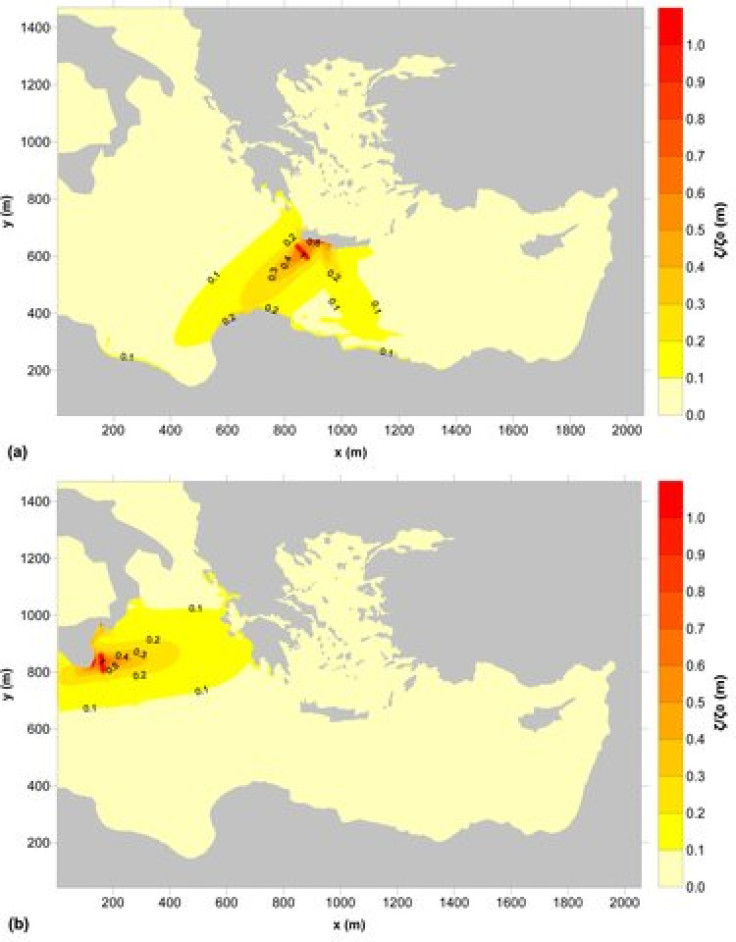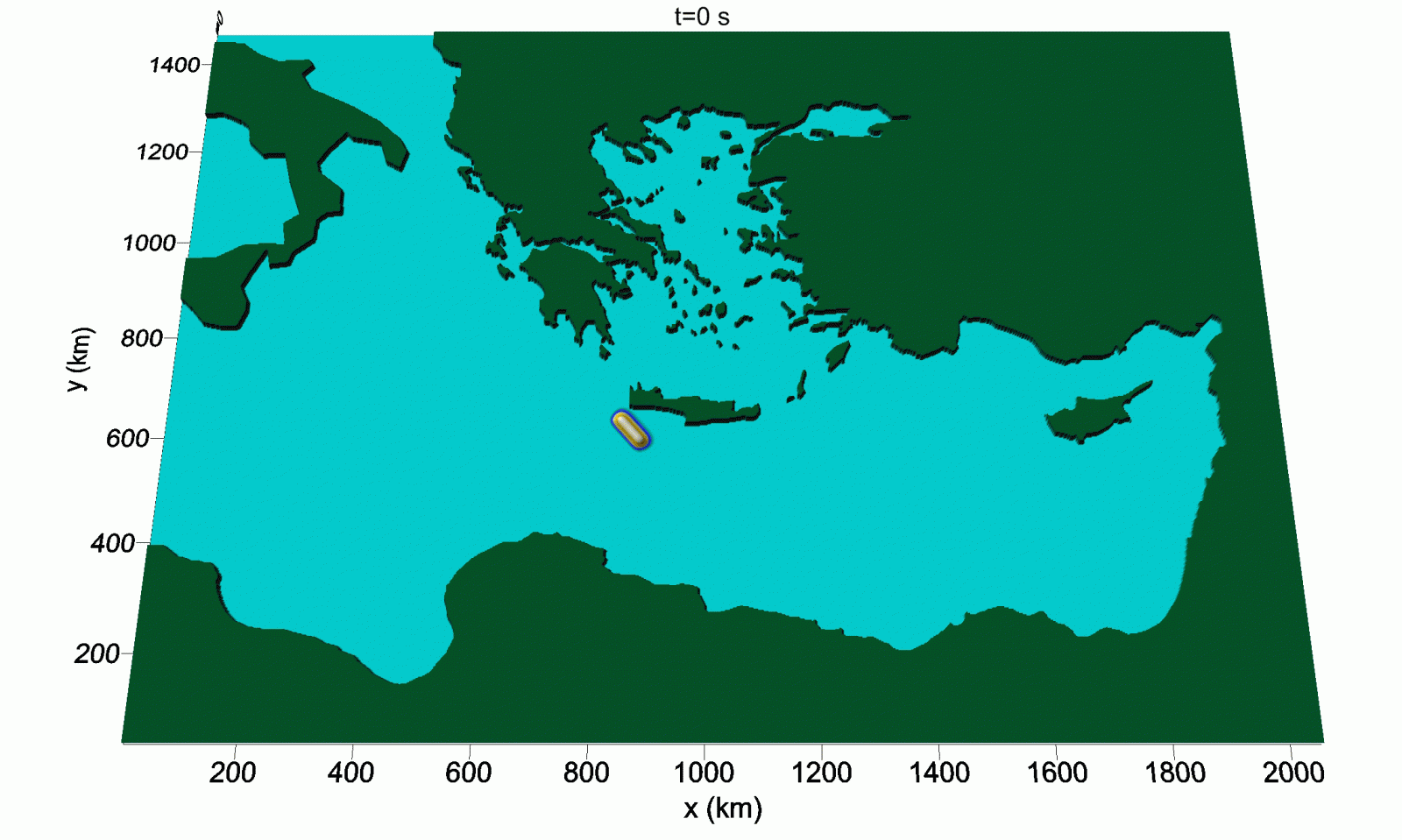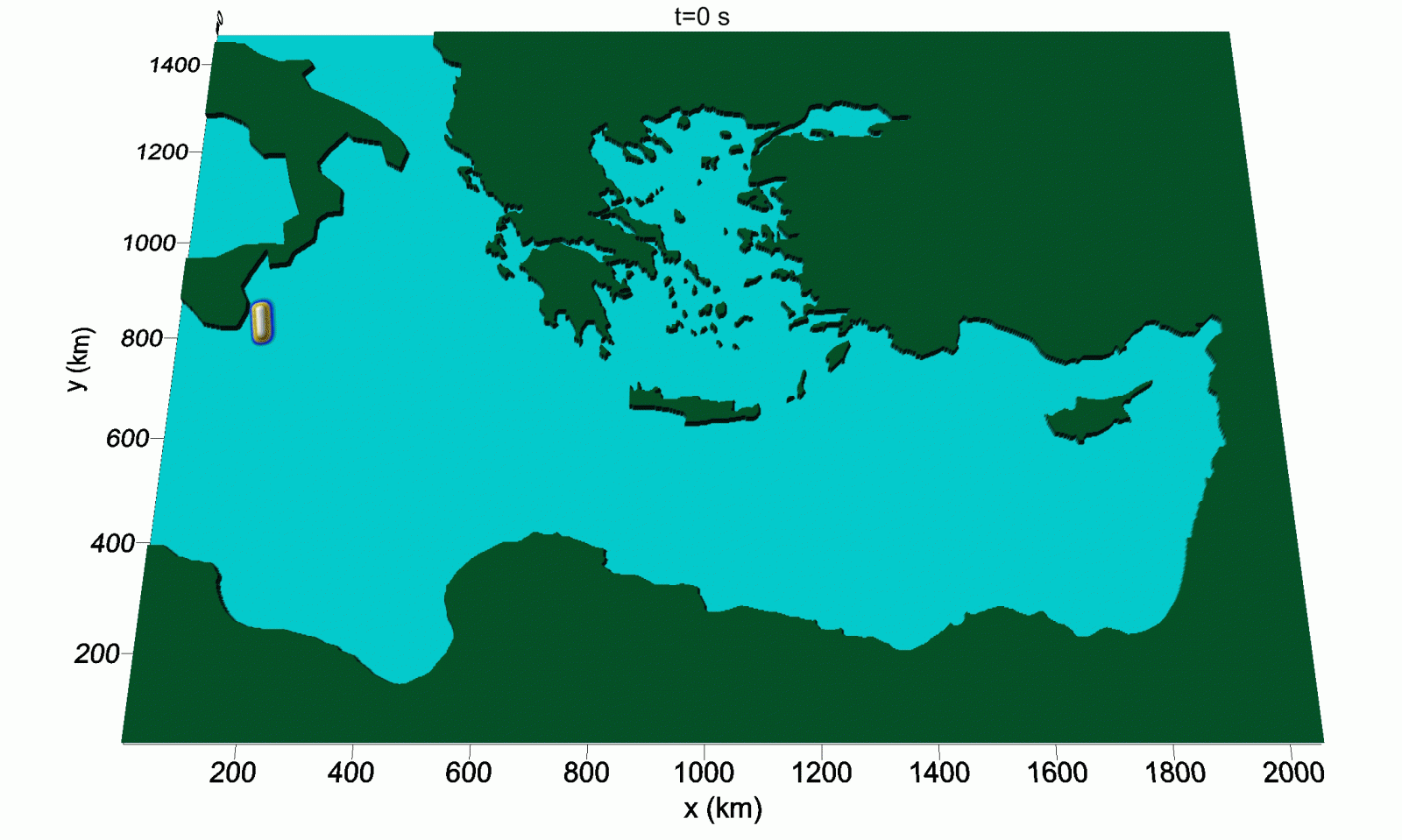Tsunami in Mediterranean would turn parts of Crete into an Atlantis

A large tsunami in the Mediterranean has the potential to turn a large part of Crete into an Atlantis with 3.5sq km of land submerged beneath the sea, scientists have found. Researchers said their model showed that a tsunami could also pose a risk to 130 million people living along the coast and, with little advance warning, would only have to travel a short distance before hitting land.
Publishing their findings in the journal Ocean Science, the team from the University of Bologna, in Italy, created two simulations showing tsunamis generated by earthquakes with a magnitude of seven on the Richter scale. The simulations were located off the coasts of eastern Sicily and southern Crete, areas chosen because they were the most tectonically active.

Their findings showed that Crete would not fare well, with a tsunami causing 3.5sq km of land being plunged under water. They found in both cases that tsunamis would inundate low-lying coastal areas up to around five metres above sea level.
Although the Mediterranean is not well known for its tsunamis, around 10% of all tsunamis in the world take place there, with around one large one happening every 100 years. In 1908, an earthquake of a magnitude of seven on the Richter scale hit the Messina region causing a tsunami that reached 10m in height and killed thousands.
A cluster of earthquakes between eight and 8.5 magnitude occurred off the coast of Crete in 365AD. They created a tsunami that destroyed ancient cities in Egypt, Greece and Italy, and killing at least 5,000 people in the ancient city of Alexandria.

Achilleas Samaras, the lead author of the study, said: "The main gap in relevant knowledge in tsunami modelling is what happens when tsunami waves approach the nearshore and run inland. We wanted to find out how coastal areas would be affected by tsunamis in a region that is not only the most active in the Mediterranean in terms of seismicity and tectonic movements, but has also experienced numerous tsunami events in the past.
"We simulate tsunami generation by introducing earthquake-generated displacements at either the sea bed or the surface. The model then simulates how these disturbances – the tsunami waves – propagate and are transformed as they reach the nearshore and inundate coastal areas."
Speaking to IBTimes UK, Samaras said the scenarios they simulated were realistic and that real-life events could be even worse: "The scenario we simulated, it's not really small, but it's not big. Some in the area have experienced bigger tsunamis and earthquakes in recent times. It's not the biggest we can expect."

He said the problem with tsunamis is the huge amount of energy they contain and while there would not be a huge wall of water propagating towards them, the inundation to coastal areas would be devastating. They now plan to study the damage tsunamis could cause.
"The results we presented were based on the morphology and the extent of inundation," Samaras said. "At this stage we did not take into account loss of life, loss of property or damages, but this is something to work on next.
"The basis was to have a reliable model to simulate the process. Now we have done that we can see what implications this will have on loss of life and properties."
This, he said, will help authorities better prepare and plan for tsunamis. By establishing which areas are most vulnerable, local officials could establish defence structures and tsunami warning systems that would allow for evacuation plans if necessary.
© Copyright IBTimes 2024. All rights reserved.






